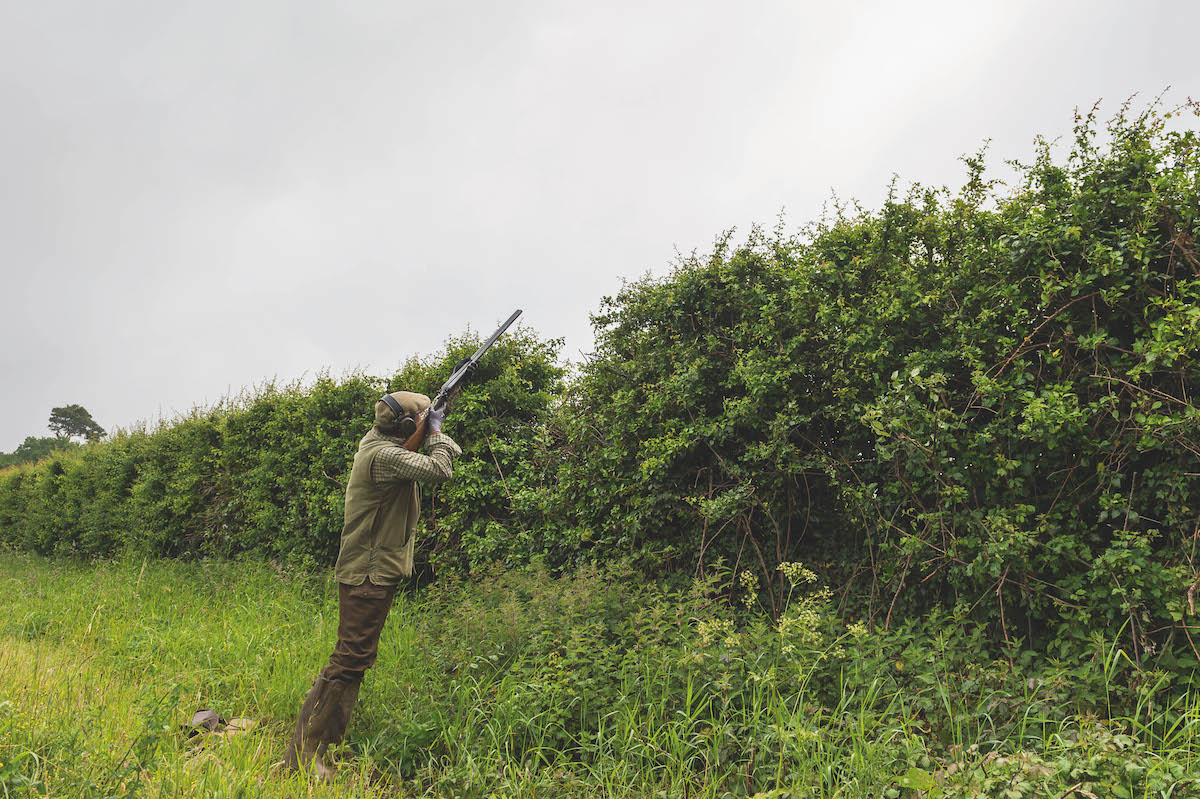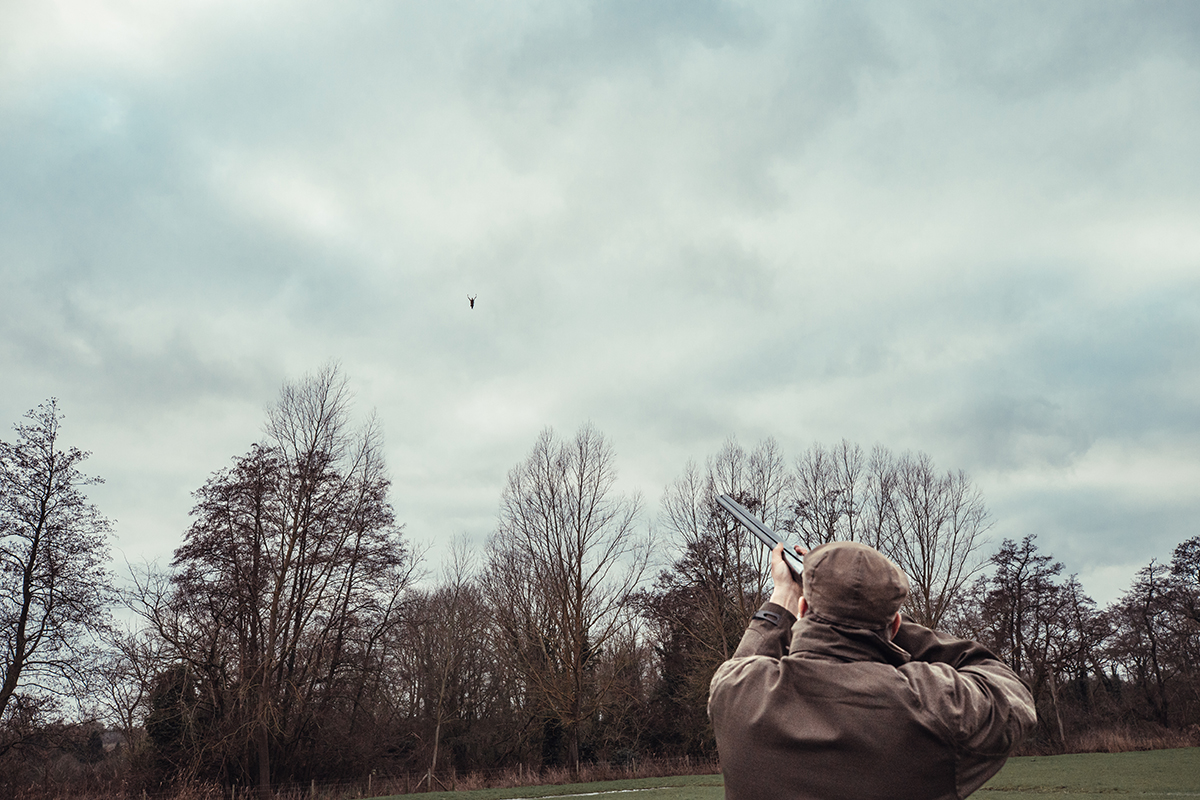No man plants an oak for himself
For all the talk of rewilding, the truth is that our countryside soaks up a great deal of time, money and land — trees don’t plant themselves, says Alasdair Mitchell

You’d think rewilding would be pretty simple, wouldn’t you? Just leave some land alone for long enough and it will revert to scrub and woodland. In practice, self-sown saplings tend to be munched into nothingness by deer or straying livestock. So, in most of the lowlands at any rate, the accepted practice is to give nature a hand by planting native tree species and protecting them until they are established. (Read Lindsay Waddell’s piece ‘What is Rewilding’)
I have just finished planting 17 acres of broadleaf woodland on my farm. It’s been bloody hard work and has cost me a lot of money, not to mention sacrificing some of my productive grazing land. It is only a tiny piece of new woodland in forestry terms. But every little helps, as they say. Imagine if every farmer planted a few acres of their holding with broadleaf — it would make a massive difference across the country as a whole.
Bemused
Of course, not everybody has land to contribute. Certainly most of the rewilding lobby don’t, not least because they tend to live in towns. Funny, that. They remind me of Lionel de Rothschild, of the famous banking family, when he gave a talk to a local gardening club in the 1920s. He reportedly began by telling his rather bemused audience: “No garden, however small, should be without its two acres of rough woodland.”
The trees I have planted were reared from seed that has been collected within my own region. They have been planted under a stewardship scheme, and local provenance was one of the conditions. Each little tree has been placed within a tubular tree guard and fastened to a wooden stake. The tube will protect the young tree from deer, rabbits, voles and squirrels.
Circular patches of ground had to be prepared for each tree, either by scraping off the top layer of turf or by spraying with glyphosate. The entire area has been fenced off to exclude livestock. Given the steepness of the terrain, most of this work — even the fencing — had to be carried out by hand. It was a nightmare.
Horrendous task
For various reasons I won’t bore you with, the rate I was paid by the Government for the trees, guards, stakes and fencing came to barely half of what they actually cost me. I knackered my back doing the preparation and planting. I shall have to replace trees that don’t survive, and in due course I will have the horrendous task of removing all those plastic tree guards and paying for them to be recycled.
My only real reward for all this is the warm feeling that, in time, my children and many others will be able to look out across the pasture in autumn and see a host of aspen, rowan, sessile oak and field maple ablaze with colour, while deer and other wildlife lurk in the leafy glades.
As they say, no man plants an oak for himself.








